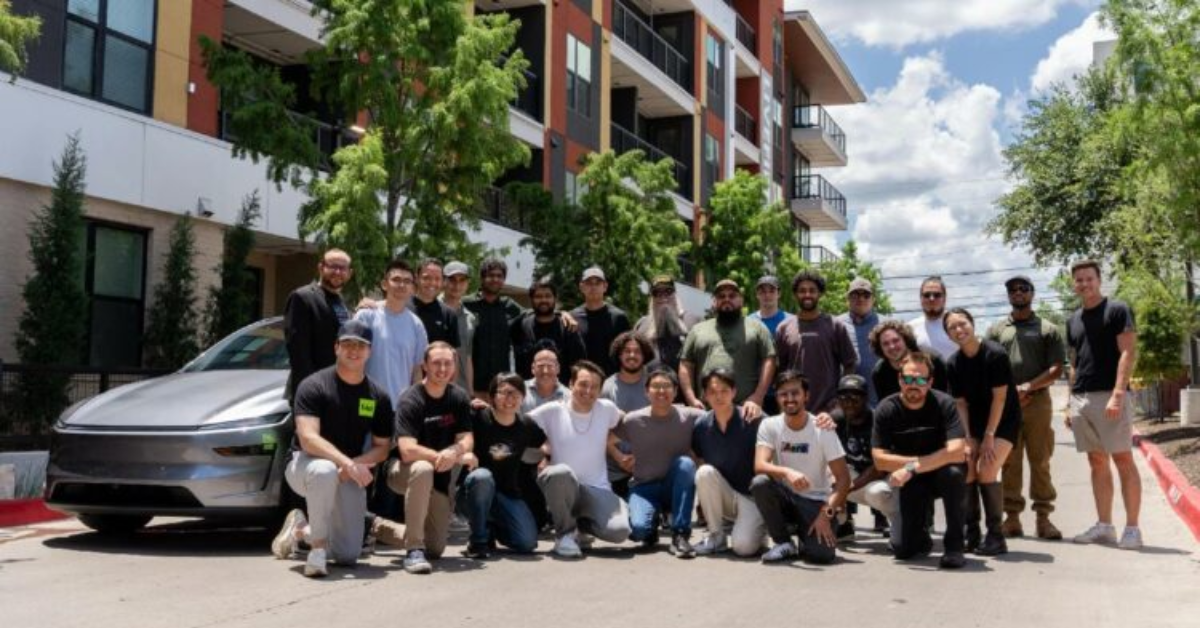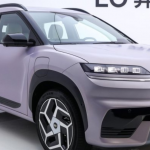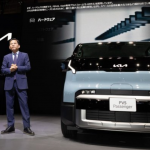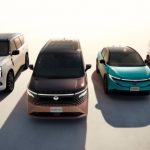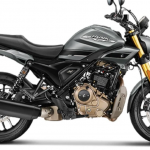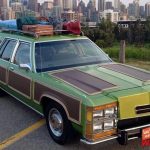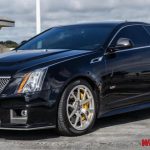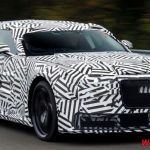In yet another monumental leap in automotive technology, Tesla has successfully demonstrated the world’s first autonomous vehicle delivery, setting a new global benchmark in self-driving innovation and smart logistics. With this milestone, Tesla not only showcases its advanced AI-powered driving system but also paves the way for a future where cars deliver themselves — no human drivers, no steering input, just software and sensors.
This groundbreaking demonstration has sent ripples through the global automobile industry, highlighting how Elon Musk’s ambitious vision for full autonomy is inching closer to reality. Let’s dive deep into this technological feat, how it works, its implications, and what the future holds.
🚗 What Exactly Is an Autonomous Car Delivery?
Autonomous car delivery is a logistics concept where a vehicle can be dispatched to a buyer or designated location without a human driver at any point. In Tesla’s case, it involved a customer ordering a car online, and the vehicle navigating itself from the delivery center to the customer’s home, without any manual assistance or remote intervention.
This is Level 5 autonomy — the holy grail of self-driving tech, where the car can handle all conditions, terrain, and obstacles without any driver input.
⚙️ How Tesla Pulled It Off: The Technology Behind the Magic
Tesla’s success in delivering a car autonomously is rooted in a combination of cutting-edge technology:
🧠 Full Self-Driving (FSD) Software
Tesla’s proprietary FSD Beta is a software stack trained on millions of real-world driving scenarios. It uses advanced neural networks to:
- Understand roads, traffic, pedestrians, and signals
- Make lane changes, take turns, merge, and park
- React to dynamic situations in real time
🛰️ GPS & Navigation
The delivery was guided by a satellite GPS system integrated with Tesla’s route-planning AI. This ensures accurate turn-by-turn movement and real-time traffic assessment.
👀 Sensor Fusion
Tesla vehicles rely on vision-based sensors, including:
- 360-degree cameras
- Ultrasonic sensors
- Radar (in some versions)
- AI-powered perception to identify objects, roads, and people
Unlike most automakers using LiDAR, Tesla’s strategy is camera-only, relying on software interpretation of video feeds — much like a human driver.
🔒 Redundant Safety Systems
During the delivery, the car’s onboard systems continuously monitored:
- Nearby vehicles and pedestrians
- Traffic lights and road signs
- Emergency stops or detours
- Over-the-air alerts to Tesla’s support center
📍 Where and How Did the Demo Happen?
Tesla conducted the first public autonomous delivery demonstration in a controlled environment near its Gigafactory in Austin, Texas. A Model 3, equipped with the latest FSD Beta software, was dispatched from a Tesla delivery hub to a buyer’s home nearly 12 km away.
Key highlights of the route:
- Navigated busy intersections
- Stopped at traffic signals
- Yielded to pedestrians
- Parked perfectly in the customer’s driveway
- No human inside the car during transit
The entire process was streamed live and monitored remotely, but no manual input was given — proving a 100% autonomous operation.
🧑💻 Customer Experience: How It Works for Buyers
Imagine ordering a car from your smartphone and receiving it like a pizza — except this time, the pizza drives itself to your door. Here’s how Tesla’s autonomous delivery flow could look in the future:
- Customer places an order online
- Tesla preps the car at the nearest delivery hub
- Car is remotely unlocked and activated
- Navigation route is auto-generated
- Car drives to your home using FSD
- Upon arrival, car parks itself and sends a notification
- You unlock and activate your car via the Tesla app
No truck. No delivery agent. Just futuristic automation.
🌐 Why This Is a Game Changer
🔄 Reinventing Vehicle Logistics
Traditionally, cars are delivered via car carriers or in-person dealership handovers. With Tesla’s method:
- Cost of logistics is reduced
- No need for physical staff or delivery agents
- Faster and more flexible delivery timelines
- Reduces dealership dependency in many markets
🌱 Environmental Efficiency
Autonomous car delivery minimizes fuel waste by eliminating need for multi-vehicle transport trucks and consolidates energy usage via direct point-to-point delivery.
🔒 Enhanced Safety
The self-driving system avoids risky human errors such as fatigue or distracted driving, especially in the final mile — the most accident-prone zone in delivery logistics.
📉 Challenges and Limitations
Despite this breakthrough, Tesla still faces several real-world hurdles:
- Legal Barriers: Most countries still require a human in the driver’s seat
- Edge Cases: Construction zones, erratic drivers, heavy snow/rain can confuse sensors
- Public Trust: Users still hesitate to rely fully on machine-driven safety
- Regulatory Approval: Full autonomy needs extensive validation and government approval
But Tesla’s demo proves the technology is ready — now it’s up to laws and public infrastructure to catch up.
🔮 What’s Next for Tesla’s Autonomous Future?
Elon Musk has hinted that Tesla may soon:
- Roll out limited pilot programs in selected US cities
- Extend the delivery model to robotaxi applications
- Allow Tesla owners to send their cars for pickup and drop via autonomous mode
- Integrate this feature into the Tesla app’s delivery and ride-share platform
This also opens the door to fleet-based deliveries, where a single logistics hub controls hundreds of self-driving cars, all operating in sync.
🤖 Tesla vs The Competition
While companies like Waymo, Cruise, and Apple are experimenting with autonomy, none have showcased end-to-end car delivery without human presence like Tesla. Tesla’s advantage lies in:
- Massive real-world data from millions of Tesla users
- Over-the-air updates across its entire fleet
- Hardware-ready vehicles already in customer hands
- Integration of hardware, software, and service under one roof
🏁 Conclusion: A New Era of Automotive Innovation
Tesla’s demonstration of the world’s first autonomous car delivery isn’t just a cool headline — it’s a glimpse into the future. A future where cars are not just transportation tools but intelligent agents that drive, park, and even deliver themselves.
Whether you’re a Tesla fan, a tech enthusiast, or someone curious about the future of mobility, one thing is clear — the age of autonomous logistics has officially begun.
Stay tuned, because your next car might just show up at your doorstep… without a driver.

Hello, my name is Muskan Kumari and I am an experienced Digital Marketer. I have been blogging for the last 3 years and I have special interest in SEO. Here I give you easy bikes and writes easy-to-understand reviews and news about the latest bikes, helping readers choose the best options.. My aim is to always provide you with accurate, new and useful information.
